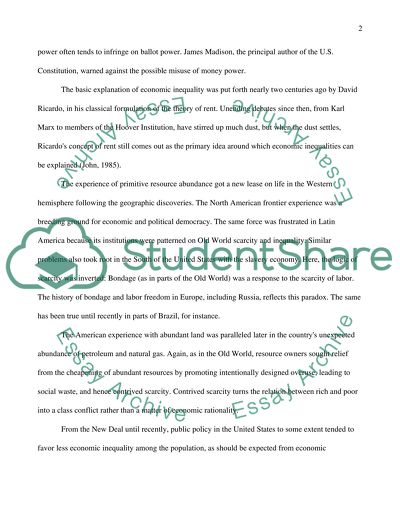Cite this document
(“Economics: Income Distribution and Poverty Essay”, n.d.)
Retrieved from https://studentshare.org/sociology/1502976-economics-income-distribution-and-poverty
Retrieved from https://studentshare.org/sociology/1502976-economics-income-distribution-and-poverty
(Economics: Income Distribution and Poverty Essay)
https://studentshare.org/sociology/1502976-economics-income-distribution-and-poverty.
https://studentshare.org/sociology/1502976-economics-income-distribution-and-poverty.
“Economics: Income Distribution and Poverty Essay”, n.d. https://studentshare.org/sociology/1502976-economics-income-distribution-and-poverty.


